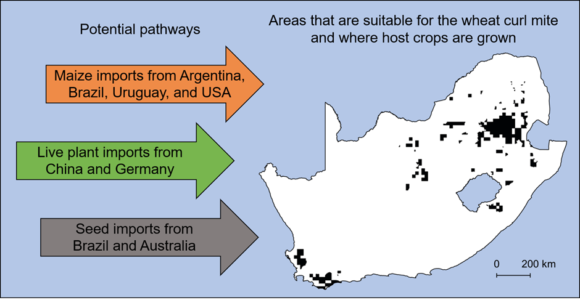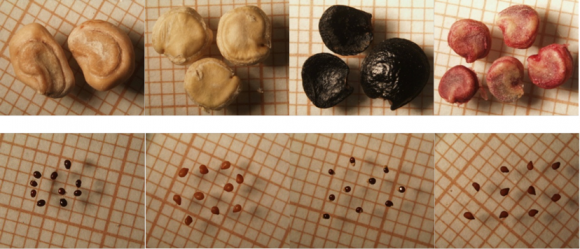10 June 2014 | By Olaf Weyl
Globally, Invasive Alien Species (IAS) are considered to be one of the major threats to native biodiversity. In Europe, there are about 12,000 alien species, 11% of which are invasive, causing environmental, economic and social damage. Given Global trends, it is reasonable to expect that the rate of biological invasions into Europe will increase in the coming years.
In order to assess the current position regarding IAS in Europe and to determine the issues that were deemed to be most important or critical regarding these damaging species, the European Inland Fisheries and Aquaculture Advisory Commission (EIFAAC) and Inland Fisheries Ireland (IFI) recently hosted a special conference for academics, applied scientists, policy makers, politicians, practitioners and representative stakeholder groups from across Europe.
Entitled Freshwater Invasives: Networking for Strategy (FINS), the conference took place at the Galway Bay Hotel, Galway, Ireland from 8-12 April and included a workshop to attain a consensus on the 20 most pressing policy issues regarding aquatic invasive species in Europe.
To facilitate this workshop process, 12 international experts on aquatic invasions, whose fields included impact and risk assessment, biosecurity, economics and policy, were invited to give keynote addresses. The Centre for Invasion Biology (C·I·B) was represented by South African Institute for Aquatic Biodiversity (SAIAB) Principal Scientist and core team member Dr Olaf Weyl whom was invited to present a talk on alien fish policy and management in South Africa. This was followed by a horizon scanning and issue prioritization approach by more than 100 expert delegates in to elucidate the Top 20 IAS issues in Europe. The resultant paper, Tackling Invasive Alien Species in Europe: the Top 20 Issues, which does not focus solely on freshwater habitats and taxa but also relates to marine and terrestrial situations, is a valuable tool for IAS management and should also be used to support policy makers as they prepare European IAS legislation.
Read the paper
Caffrey JM, Baars JR, Barbour J, Boets P, Boon P, Davenport P, Dick JTA, Early J, Endsman L, Gallagher C., Gross J, Heinimaa P, Horrill C, Hudin S, Hulme PE, Hynes S, MacIsaac HJ, McLoone P, Millane M, Moen TL, Moore N, Newmann J, O’Conchuir R, O’Farrell M, O’Flynn C, Oidtmann B, Renals T, Ricciardi A, Roy H, Shaw R, Weyl O, Williams F, Lucy FE. 2014. Tackling invasive alien species in Europe: the top 20 issues. Management of Biological Invasions 5(1): 1-20. http://dx.doi.org/10.3391/mbi.2014.5.1.01




